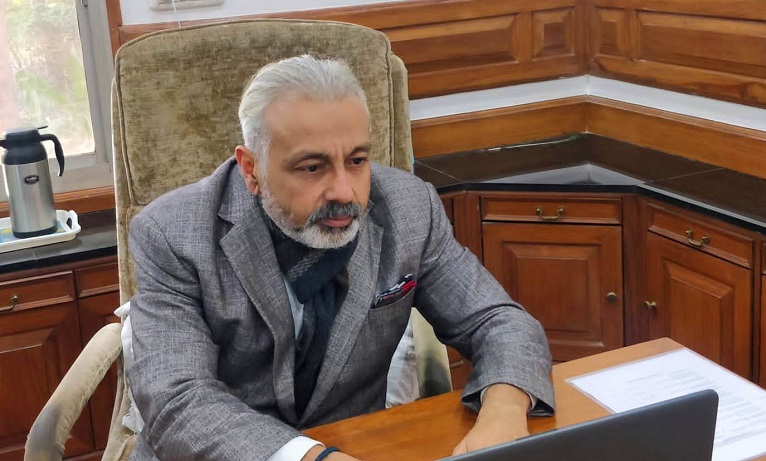Poverty and Education are Inextricably Linked
Many of us believe that poverty is solely due to a lack of education. This, however, is not the case. To understand how uneducated people can become wealthy while educated people remain poor, we must be compassionate and recognize that everyone’s struggles are unique. Poverty is a complex and entrenched social problem, but it is not caused by a lack of education. The true cause of poverty is a lack of productivity, which is caused by low literacy rates caused by a lack of education. That is why children are dropping out at a younger and younger age.
More than a billion people live in extreme poverty around the world. There is a scarcity of food and water, and as a result, life and development are difficult for them. These people, however, do not lack the ability or motivation to work; they lack sufficient education and thus cannot earn money. They live as children who, as they grow older, will marry and have children who, if given access to education and become informed about the ways of life, will be able to improve the lives of their communities. Poverty is exacerbated in three ways by a lack of education. For starters, dropouts are more likely to be unemployed and less likely to find good jobs. Second, a lack of education makes it difficult for people to become self-sufficient and third, it can lead to criminal behavior and incarceration, making it difficult for people to become self-sufficient even after they have been released from jail or prison. “It’s a never-ending cycle. Lack of education leads to poverty and low-wage jobs, which makes it difficult for people to afford education for their children. This means that the children are unable to break free from the cycle of poverty and this goes on and on,” says Anoop Singh Bishnoi, Chairman of The Doon School, Dehradun.
“Inequality is a major cause of poverty. All types of systemic barriers (including physical ability, religion, race, and caste) compound the marginalization that already disproportionately affects those living in extreme poverty. Gender, for example, is one of the most significant inequalities that fuels the poverty cycle. When gender inequality in the classroom is addressed, the way women are treated in their communities improves. This enables students in rural areas to attend classes more religiously, which is especially beneficial for female students,” adds Anoop.
Poverty is not just about a lack of income and resources to support a sustainable lifestyle; Hunger and malnutrition are examples of its manifestations, as are lack of other basic services, social discrimination and exclusion, and a lack of participation in decision-making. The only way to solve this problem is to transition from a system with serious inequities to one that prioritizes equity. A national mindset that values the culture of quality schooling for all students is required. It is essential to that culture that today’s students feel nurtured, supported, and valued. They must learn that all children are valuable and that it is their responsibility to pay it forward to make their country better.




Comments
Post a Comment